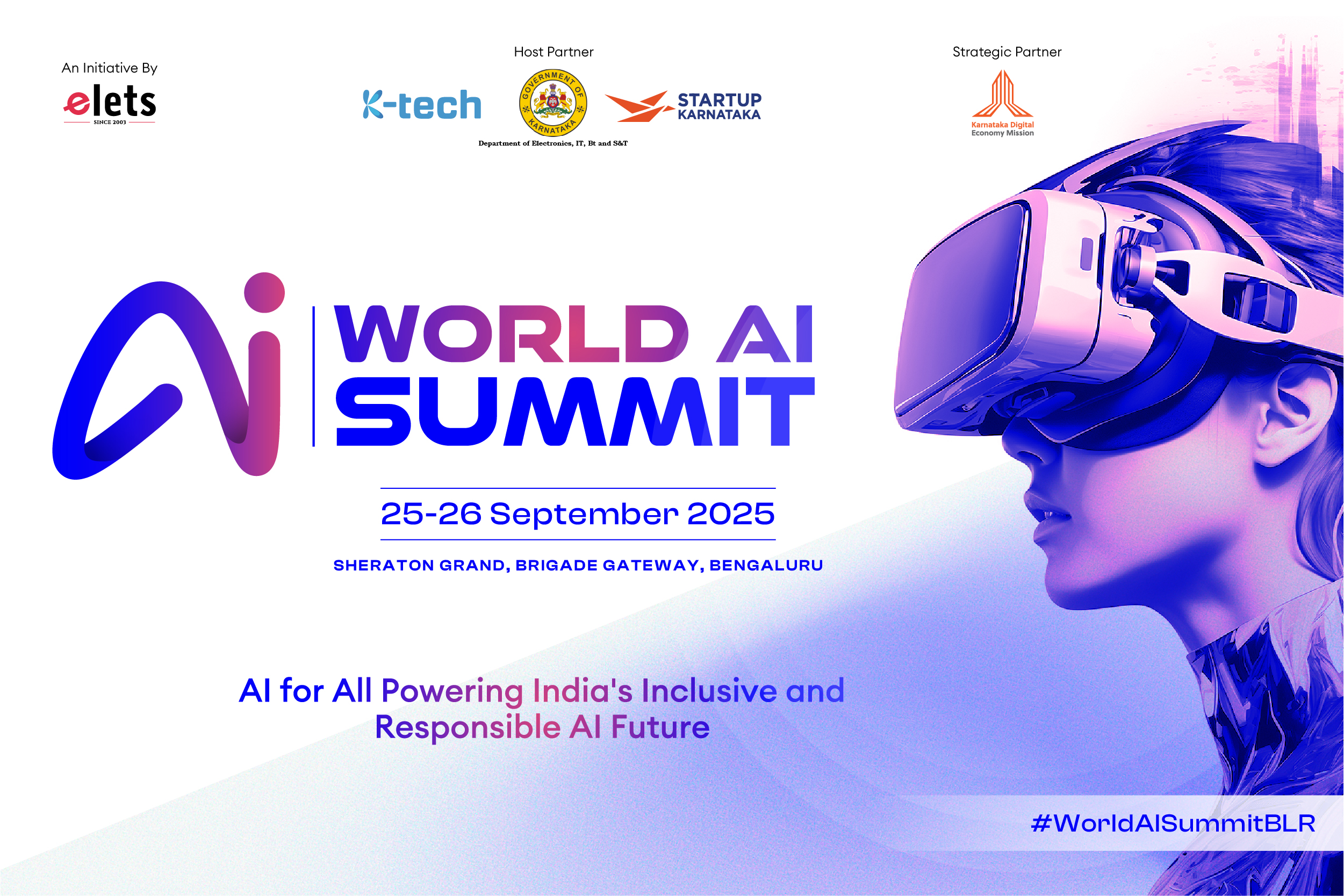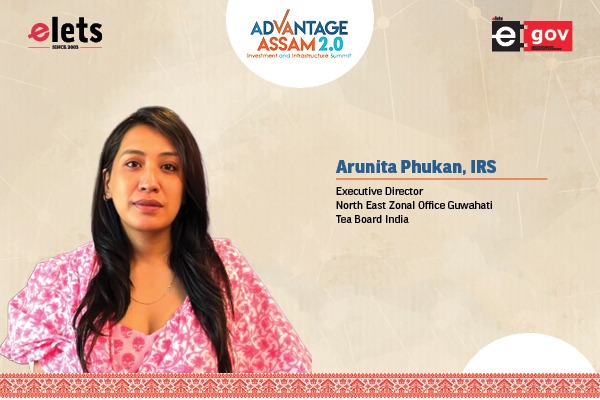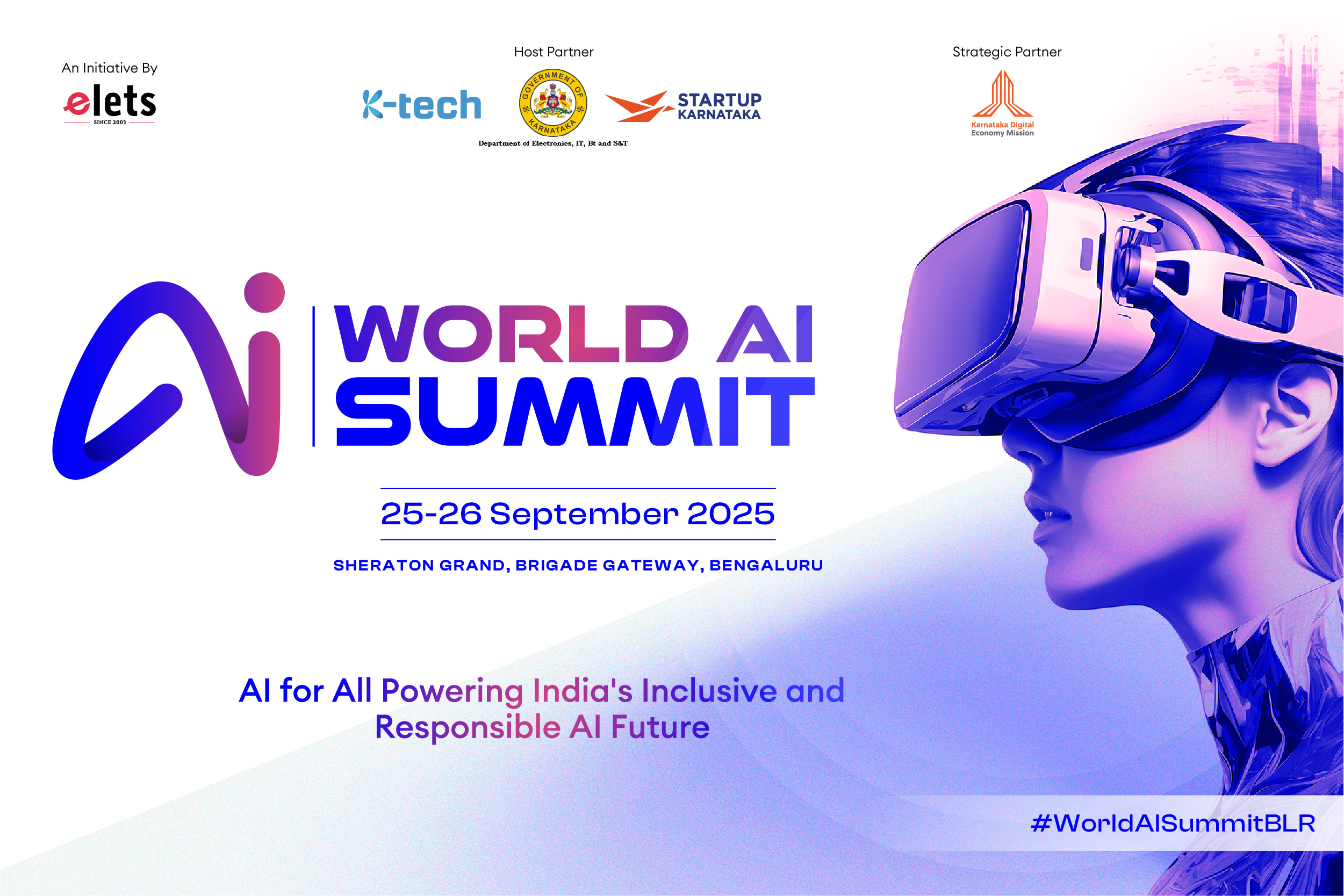
‘Sustainable development’ has become a leitmotif used by cities across the world. While the globally widespread realisation of its importance is worth celebrating, it is even more critical to entrench the idea in city development plans or master plans that are generally prepared with 10-30 years’ perspective. Master plans can be powerful instruments to ensure longterm, sustained pursuance and prioritisation in multiple aspects of development that are imperative for holistic sustainable development, write Kanak Tiwari, Project Coordinator, Master Plan Delhi-2041, NIUA and Akash Parmar Research Associate, NIUA.

Kanak Tiwari, Project Coordinator, Master Plan Delhi-2041, NIUA

Akash Parmar Research Associate, NIUA
The recently released draft Master Plan of Delhi for 20411 (MPD-41) focuses on ‘sustainable development’ as the central agenda at the heart of all its sectoral policies. The strategy is of convergence of impacts from interventions in multiple sectors and that of collective action from all relevant city agencies towards a common vision. The MPD-41 Vision derived from extensive stakeholders’ and citizens’ participation is to foster a sustainable, liveable and vibrant Delhi that is founded on principles of inclusivity and equity to ensure access and opportunities to all, irrespective of age, gender, ability, and socio-economic background. In order to achieve this vision, the Plan recommends specific strategies and ‘environmental sustainability’ runs across all as the paramount objective. These can be categorised as follows:

Strategies for protecting and enhancing Delhi’s natural ecology

These strategies are directly aimed at the improvement of the natural environment and are central to achieving sustainable development. Detailed in the section named ‘Environment’ in the Plan document, these strategies stem from the acknowledgement of Delhi’s environmental dichotomy of being one of the greenest cities in Asia with immense natural wealth and at the same time being one of the most polluted cities in the world. The section comprises of two chapters; one dedicated to tackling air, water and noise pollution and the other on enhancing the green-blue infrastructure.

Delhi is richly endowed with natural wealth including the Yamuna, streams, drains, the Aravalli ridge, urban forests, more than 15,000 planned parks and gardens etc. The city is well-endowed with natural wealth.

The plan takes the approach of considering Delhi’s natural assets as the basic inter-connected infrastructural layer of the city i.e., the ‘green-blue infrastructure’. The strategies are therefore designed to derive network benefits for the city by enhancing the green and blue assets to collectively facilitate pollution mitigation, micro-climate creation, reduction in urban heating and flooding, enhancing urban biodiversity, and providing open spaces for Delhiites to connect with nature and adopt active and healthy lifestyles. A threepronged approach is recommended:
i. Preserve and enhance quality and quantum of existing natural assets by removing pollution and replacing invasive species of vegetation with indigenous varieties, enhancing flora and fauna by creation of biodiversity parks, providing boundary protection, creating controlled interactive zones for people, and encouraging relevant agencies to come up with assetfocussed improvement plans (e.g. Comprehensive River Development Plan for Yamuna);
ii. create new city-level assets by increasing the overall area under greens and blues in Delhi by transforming wastelands such as reclaimed landfill sites, ash dykes in closed-down thermal power plants, quarries etc. into eco-parks, biodiversity parks, afforestation areas, constructed wetlands, water bodies etc. Additionally, the policy for Green Development Area will ensure the creation of a green buffer on the western periphery of the city as it mandates a certain area (at least 30 per cent) of every project
iii. increase the quantum and continuum of the green-blue quotient within the built environment by mandating public greens delivered as part of new projects in the city and incentivising greening of the built fabric through specialised regulations in the form of ‘Green Blue Factor’. As greens in Delhi are inequitably distributed, a major focus is on ensuring access to green and open spaces for all residents. All spatial development policies and regulations have been designed to achieve greening of the built environment as part of project implementation on the ground.

Buffers along drains as greenways and development facing the drains will help improve green-blue continuum and people’s connect with nature
Multi-sectoral strategies for ensuring sustainable development in Delhi
MPD-41 strategies are designed taking into consideration the complexities of a city like Delhi that enjoys as well as struggles with multiple interdependencies and priorities that need to be managed comprehensively rather than singularly. This requires inter-agency coordination as well as multi-sectoral action. This multiplicity is evident in the case of ‘sustainable development’ too, which by itself can be a single goal, and yet there are 17 SDGs. Evidently, there is an inherent multiplicity in sustainable development and while all the goals are interlinked, they present diverse aspects such as water security, climate change, resilience, good health, inclusiveness, etc. Some of the other key policies of MPD-41 that demonstrate Delhi’s commitment towards sustainable development are briefly discussed below:
i. Promoting Low Carbon Mobility:
The policy of transit-oriented development aims to promote compact mixed-use development near select transit nodes to reduce trip numbers as well as trip duration and length. The Plan also recommends the creation and retrofitting of streets for active travel infrastructure, green corridors, pedestrian priority areas etc., to encourage walking and cycling. Walk Plans and Cycle Plans are mandatory conditions for the approval of schemes and projects. The Plan also promotes nonpolluting modes such as electric vehicles. Additionally, parking provision is inversely proportional to ease of accessibility to public transport. All of these recommendations are designed to induce a modal shift from private to shared modes of transport, reduce reliance on private cars thus reducing GHG emissions and ensuring low carbon mobility in Delhi.
ii. Making Delhi Water Secure:
Delhi is a water-scarce city, and according to some on the brink of experiencing ‘Day Zero’ faced by Cape Town and Chennai in the recent past. Pollution and wasteful consumption of water resources and the uncertainty concerning the availability of more water through inter-state agreements have exacerbated the issue. MPD-41 has adopted an Integrated Urban Water Management approach to achieve water security by planning holistically for water supply, wastewater management and drainage. The emphasis is on the use of treated wastewater for all non-potable uses to gradually replace almost half of the demand for potable water; replenishing depleted groundwater of Delhi and capturing water where the rain falls. The Plan mandates decentralised wastewater treatment, dual piping, waterefficient plumbing fixtures, etc. in all new projects as well as existing public buildings. It has also provisioned for the incorporation of water sensitive urban design (WSUD) and bio-drainage principles to recharge aquifers. And reduce waterlogging incidents.

iii. Encouraging Clean and Green Economies:
Any industry or activity that results in pollution is prohibited by MPD-41. The plan facilitates the transition to cleaner options and promotes clean work and workplaces such as knowledge and cyber economies, cultural and creative economies government and private workplaces, IT/ITES, MICE, specialised health care, R&D, robotics, higher education etc. The plan aims to provide good economic opportunities for all, including people engaged in the informal sector. Alongside, the Plan also promotes a green economy such as urban farming, horticulture, solar farms etc. and earmarks the Green Development Area for the concentration of such activities.
iv. Stimulating circular economy and mainstreaming renewables:
The Plan enables unlocking the potential of all kinds of waste for reuse and recycling or upcycling by providing a strategic framework for reuse of wet waste within Minimum Waste Localities through eco-friendly solutions such as composting and segregation and recycling of remaining types of waste at Material Recovery Facilities (MRF) and/or other relevant processing plants where the maximum potential of the waste products can be utilized.The Plan also makes provisions for repair and recycling industries to set up shops in Delhi. Emphasis has also been laid on the creation and use of renewable energy, especially solar energy. The Plan encourages the installation of solar farms, solar panels on canals, the adoption of green building norms, etc. Besides these, the Plan mandates reuse of processed construction waste to reduce the number of inert materials that have to be disposed in landfills. Multiple use of same built space, as well as promotion of night economies, are also promoted by the Plan under the overall strategy of making sustainable and efficient utilization of existing resources.
v. Enhancing Delhi’s Resilience:
In line with the national government’s focus on Climate Change, MPD-41 provides strategies to tackle pollution and enhance Delhi’s resilience to shock and disasters. Increasing risks of climate change impacts and vulnerability to disasters including disease outbreaks, necessitates that Delhi is prepared to manage such risks and events and becomes more resilient. Delhi’s vulnerability to earthquakes not only because of its location on seismic zones IV and V but also because more than 70% of the building stock, is old and dilapidated which also increases fire risk substantially. Other challenges are flooding, flash floods and water logging, urban heating etc. Besides mandating creation of open evacuation spaces and refuge spots in new projects, the Plan recommends dedicated structural audits across the city, regeneration of old and dense areas, creation of new public spaces, restriction on development along the river and drains, promotion of green and clean economies, shift towards green mobility solutions, creation of resilient physical infrastructure and provision of decentralised infrastructure etc. to enable Delhi to become resilient.
In Conclusion
While many a project in Delhi may carry the label of sustainability, MPD-41 has adopted this multipronged convergence approach for holistic sustainable development as sustainability as a whole will always be more than the ‘sum of its parts’, i.e., the sum of impact of separate single projects and interventions. MPD-41 strategises sustainable development and by 2030 (the prospective year for achievement of SDHs), Delhi would have achieved a lot to be a torchbearer of sustainable development for other cities. Last but not at all the least, a lot depends on the relevant agencies as well as Delhiites to feel ownership and responsibility towards the environment. Acknowledged by the Plan as ‘champions for the environment’, their constant support will catalyse the making of a sustainable Delhi.
Be a part of Elets Collaborative Initiatives. Join Us for Upcoming Events and explore business opportunities. Like us on Facebook , connect with us on LinkedIn and follow us on Twitter, Instagram.
"Exciting news! Elets technomedia is now on WhatsApp Channels Subscribe today by clicking the link and stay updated with the latest insights!" Click here!













